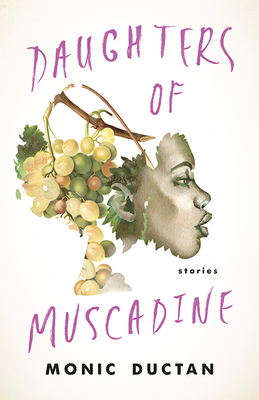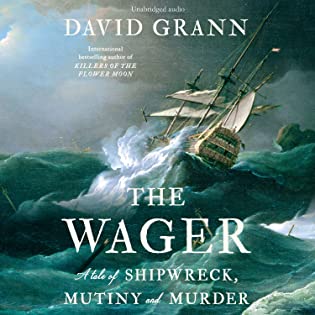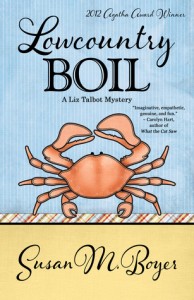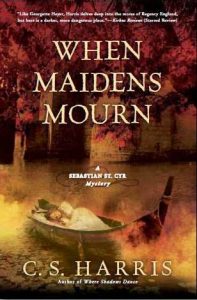 You Are Here
You Are Here by
Karin Lin-Greenberg Narrator: Jennifer Aquino Format: audiobook,
eARC Source: supplied by publisher via NetGalley Formats available: hardcover, ebook, audiobook
Genres: literary fiction Pages: 304
Length: 8 hours and 39 minutes
Published by Counterpoint,
HighBridge a division of Recorded Books on May 2, 2023
Purchasing Info: Author's Website,
Publisher's Website,
Amazon,
Barnes & Noble,
Kobo,
Bookshop.org,
Better World Books Goodreads The inhabitants of a small town have long found that their lives intersect at one focal point: the local shopping mall. But business is down, stores are closing, and as the institution breathes its last gasp, the people inside it dream of something different, something more. You Are Here brings this diverse group of characters vividly to life.
The only hair stylist at Sunshine Clips secretly watches YouTube primers on how to draw and paint, just as her awkward young son covertly studies new illusions for his magic act. His friend and magician's assistant, a high school cashier in the food court, has attracted the unwanted attention of a strange boy at school. She tells no one except the mall's chain bookstore manager, a failed academic living in the tiny house he built in his mother-in-law's backyard. His family is watched over by the judgmental old woman next door, whose weekly trips to Sunshine Clips hide a complicated and emotional history and will spark the moment when everything changes for them all.
Exploring how the stories we tell ourselves about ourselves are inextricably bound to the places we call home, You Are Here is a keenly perceptive and deeply humane portrait of a community in transition, ultimately illuminating the magical connections that can bloom from the ordinary wonder of our everyday lives.
My Review:
You are here, in an America where the driving economic engine and social-type phenomenon called a “shopping mall” is clearly dying. All you have to do is look at the vacant storefronts in even the largest and seemingly busiest malls around you. Or at the vast acreage of sparsely populated parking lots that surround them.
There are lots of stories about what happens in small towns when the largest employer in the area leaves or dies. Stories about the economic depression and eventual death of the town it once supported.
But what happens when a shopping mall dies? (We’re probably in the process of finding out in real life, as they do seem to be dying all over.) Greenways Mall in upstate New York has been dying for years at the point where this book picks up its action.
Or rather, the lack thereof, which is the problem in a nutshell. There is very little going on at the mall. It’s dying and everyone knows it. It’s been dying for years, to the point where its actual demise won’t be much of a blip in the local economy. Not many stores are still open, not very many people still work there, not many people, even in the neighborhood, still shop there. It’s a vicious circle, cycling rapidly towards the drain.
But the lack of traffic in the mall, writ large, does not mean that the place isn’t the hub of several people’s lives and/or their economic mainstay. They are the central figures in You Are Here, Tina Huang who is the last stylist at Sunshine Clips and her little boy Jackson who spends his after school hours doing his homework at the salon. Kevin, the manager of the chain bookstore outlet, is killing time in a dead end job because he can’t make up his mind about what he really wants to be doing with his life. And all too aware that his wife is running out of patience with his lack of pretty much everything except crazy business ideas that will only eat up money they don’t have.
Then there’s Ro Goodson, an elderly widow who comes to the mall because she’s lonely. She’s Tina’s only regular customer, and she’s a fixture at Greenways. A disapproving one who bestows judgemental advice on everyone she meets, making it clear that none of them are measuring up to whatever standards have ossified inside her barely polite and unconsciously bigoted head.
The mall and its denizens all seem accepting of their fate, trapped in a cycle where nothing good ever seems to happen, until something truly terrible occurs to shake them out of their respective sloughs of despond. It may be the making of each of them. Or it may mow them under.
Time will, as it always does, tell.
Escape Rating B-: The premise of this book has a tremendous amount of potential. Shopping malls, once a bright fixture of the landscape, are dying pretty much everywhere. So there are lots of Greenways Malls out there and probably one near where you live just as there is here. So this sounded like it would have lots of story potential. Which it does.
The question for the reader is whether or not the book in hand lived up to that potential. As you might surmise from the rating, I ended up with very mixed feelings.
One of the parts that is done very well is that each of the individual characters, from 9-year-old Jackson Huang to 89-year-old Ro Goodson, is distinct and distinctly well portrayed. We get to know who these people are and how and why they’ve ended up in this crumbling place – and just how much of their lives will crumble with it.
But not a lot happens in You Are Here. It’s a slice-of-life kind of story, where every character is shuffling along in their rut – except for 9-year-old Jackson – and can’t see over the edges of the rut they’ve worn down for themselves.
Even the big event that knocks everything off course is downplayed as it happens very late in the book. The chapter with the most verve is actually an epilogue, where we learn the effects of that event nearly a decade later.
The story as it goes along is a story of quiet desperation told in plots and subplots that knit together well but don’t seem to go much of anywhere until that sharp break almost at the end.
And that was pretty much where this story fell down for me on not one but two fronts. As I said above, the characters are distinct and well-drawn, which should have made this a great book for audio. But it wasn’t, which was pretty jarring after the marvelous performance of The Wager earlier this week.
In the case of You Are Here the narrator is very precise but her reading is flat. She doesn’t voice the characters enough to make each one as distinct as they are in the text. I had to drop the audio and switch to text very early in the story just to keep going with this one, as my reading group recommended it and I wanted to see what all the fuss was about.
The other reason this didn’t work for me as well as it did for others in that group is that it is VERY much in the literary fiction tradition, which means that not much really happens but the characters angst about it a lot. If that’s your jam this will work for you, but if it’s not, it likely won’t.
Which is too bad, because this slow build of a novel confronts a whole lot of serious issues in 21st century life, and does a great job of making the reader feel those issues through those well-drawn, distinct, characters. For this reader, that made You Are Here an interesting but not compelling book.









 You Are Here by
You Are Here by  The Piano Tuner by
The Piano Tuner by  Daughters of Muscadine by Monic Ductan
Daughters of Muscadine by Monic Ductan The Wager: A Tale of Shipwreck, Mutiny and Murder by
The Wager: A Tale of Shipwreck, Mutiny and Murder by 

 Big Trouble on Sullivan's Island (Carolina Tales Book 1) by
Big Trouble on Sullivan's Island (Carolina Tales Book 1) by  Escape Rating A-: I picked this up because I love the author’s
Escape Rating A-: I picked this up because I love the author’s 

 Current Giveaways:
Current Giveaways: Blog Recap:
Blog Recap: Coming This Week:
Coming This Week:















 Tamam Shud: A Phryne Fisher Mystery by
Tamam Shud: A Phryne Fisher Mystery by 
 Yellowface by
Yellowface by